Retro Replay Review
Gameplay
Mortville Manor offers a leisurely yet engaging detective experience that emphasizes observation and deduction over frantic action. As Jérôme Lange, you navigate the sprawling, atmospheric mansion at your own pace, exploring room after room in search of clues. The absence of a strict time limit allows you to savor each environment, although certain key events will unfold independently of your actions, adding an undercurrent of urgency to the investigation.
(HEY YOU!! We hope you enjoy! We try not to run ads. So basically, this is a very expensive hobby running this site. Please consider joining us for updates, forums, and more. Network w/ us to make some cash or friends while retro gaming, and you can win some free retro games for posting. Okay, carry on 👍)
The interface relies on a drop-down menu system featuring roughly 20 verbs—such as “examine,” “speak,” and “use”—which you combine with on-screen hotspots to interact with people and objects. While this verb-based control can feel dated compared to modern point-and-click conventions, it rewards careful experimentation: selecting the right verb at the right time often leads to subtle discoveries or new dialogue options that push the narrative forward.
Conversation is at the heart of Mortville Manor’s gameplay. You’ll interrogate suspects, recall shared memories with Julia Defranck, and slowly piece together their motives by choosing the right questions. The dialogue tree is extensive, and pursuing different lines of inquiry can yield fresh insights or even trigger new events elsewhere in the mansion. The blend of exploration and dialogue-based puzzles keeps the experience fresh, ensuring that every visit to the library or billiard room might unearth a crucial clue.
Graphics
Despite its early-’90s origins, Mortville Manor’s hand-drawn backgrounds exude a timeless charm. The mansion’s richly detailed interiors—complete with creaking floorboards, velvet draperies, and antique furnishings—immerse you in postwar France. Each room feels distinct, and the muted color palette enhances the noir atmosphere, making every shadowed corner a potential hiding place for secrets.
Character portraits flash up during conversations, offering expressive sketches that convey suspicion, fear, or relief as you press suspects for answers. While these static images lack the fluid animation of contemporary titles, they capture the emotional stakes of each exchange and help anchor the story in a human context.
Subtle animations, such as flickering lights or doors that slowly swing shut, punctuate the otherwise still scenes with moments of tension. These small touches, combined with weather effects like drifting snow outside a frosted window, reinforce the game’s moody tone. Although Mortville Manor won’t compete with modern 3D engines, its pixel-art aesthetic remains evocative and perfectly suited to its mystery-focused narrative.
Story
The narrative thrust of Mortville Manor is its greatest strength. You arrive at Julia Defranck’s mansion expecting to find a friend in need, only to discover she has died under suspicious circumstances. From the opening telegram to the final revelation, the plot unfolds like a classic film noir, complete with red herrings, hidden agendas, and an ever-present sense of danger should Jérôme misstep.
Each suspect—Julia’s estranged relatives, nervous staff members, and enigmatic acquaintances—carries their own backstory and motives. As you dig deeper, long-buried family secrets and betrayals come to light, revealing that Julia’s illness might have been the least of her problems. The branching dialogue allows you to tailor Jérôme’s approach: a more confrontational stance can rattle witnesses, while gentle persuasion may coax reluctant truths from tight-lipped servants.
Mortville Manor also weaves personal history into the investigation. Jérôme’s memories of playing hide-and-seek with Julia as children add emotional weight to the proceedings. These flashback moments not only lend depth to the characters but also serve as clever puzzle cues, reminding you that sometimes the simplest recollection can unlock the most stubborn mystery.
Overall Experience
Mortville Manor is a masterclass in slow-burn suspense. Its blend of exploration, dialogue, and environmental storytelling creates a detective experience that feels both immersive and intellectually stimulating. While modern players may find the interface a bit clunky, those willing to embrace its vintage mechanics will be rewarded with a richly textured world and a compelling whodunit.
The game’s pacing encourages careful note-taking and methodical reasoning, making each breakthrough all the more satisfying. You’ll likely spend hours cross-referencing conversations, retracing your steps through the mansion, and debating theories before that final, dramatic confrontation. This sense of personal investment makes the eventual resolution feel earned rather than handed to you.
For fans of classic point-and-click adventures and detective stories, Mortville Manor remains a standout title. Its engaging characters, evocative art, and intricate plot deliver an experience that transcends its age. Whether you’re a seasoned noir enthusiast or a newcomer eager to tackle a thoughtfully crafted mystery, Mortville Manor offers a compelling journey into the shadows of postwar intrigue.
 Retro Replay Retro Replay gaming reviews, news, emulation, geek stuff and more!
Retro Replay Retro Replay gaming reviews, news, emulation, geek stuff and more!
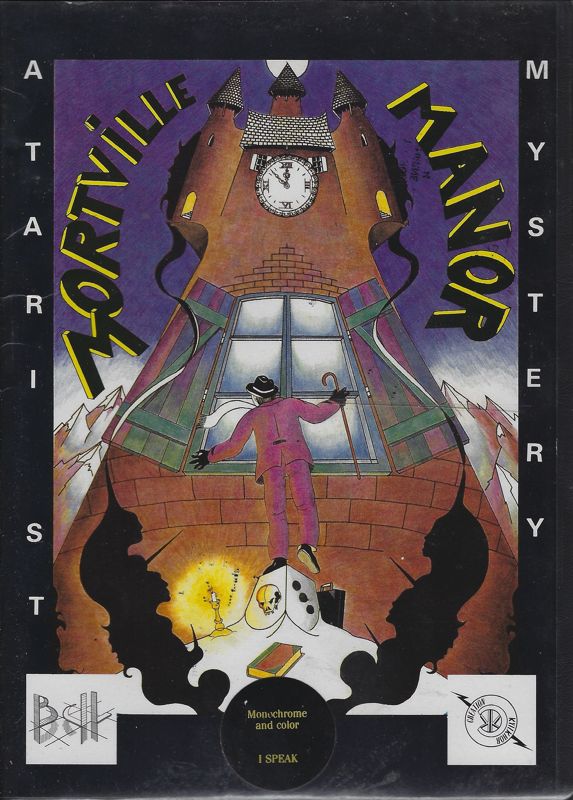
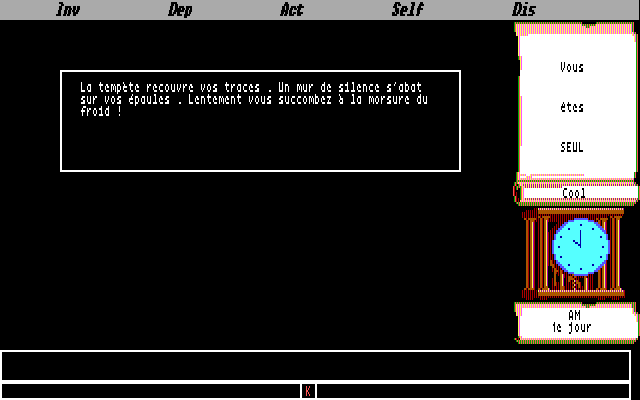


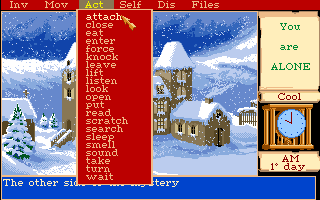
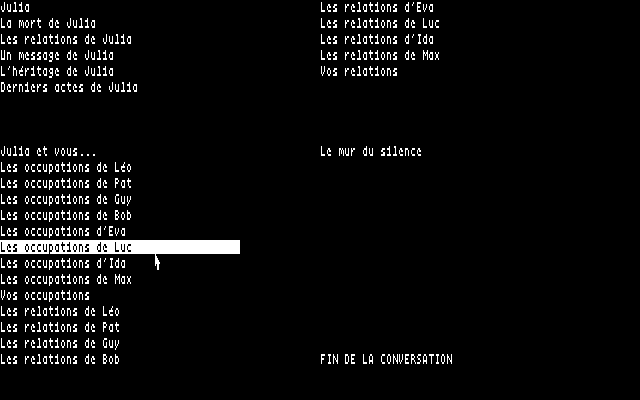

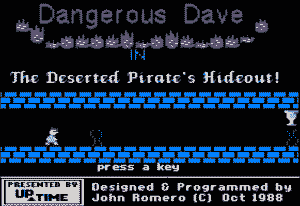

Reviews
There are no reviews yet.